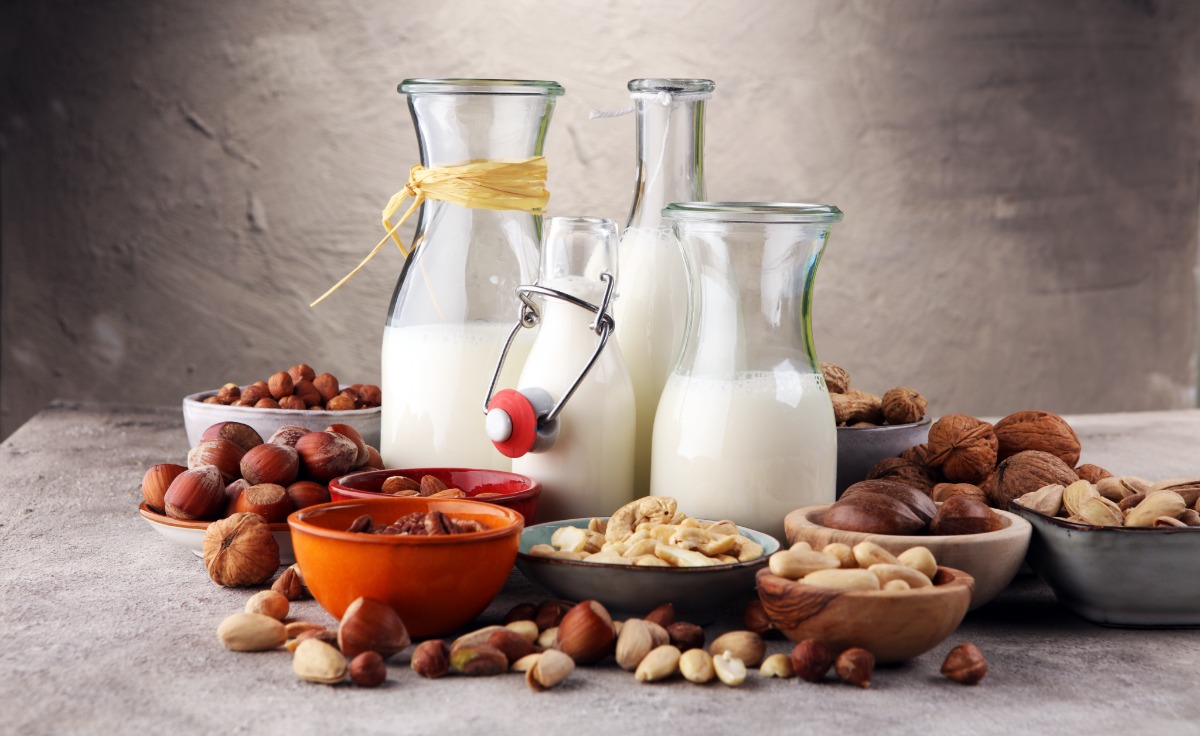
14
Jun
2016
Acne is the most common skin disease of Western civilization affecting more than 80% of adolescents(1) as well as a significant percentage of adults.
The impact of acne on quality of life cannot be underestimated.
As clinicians and therapists working within medical aesthetic settings, many of us are regularly presented with the opportunity to treat and support individuals with acne.
I strongly believe that it is important to not only address skin concerns from the outside, but to also consider how diet may be adversely affecting skin health.
Let's get into it...

We are becoming increasingly aware of the link between diet and acne.
Once dismissed by many medical professionals, literature now supports anecdotal evidence from individuals who believe that consuming dairy products exacerbates or triggers their acne flare-ups.
In 2009, a systematic literature review was carried out to investigate the association between acne and diet. 21 observational studies and six clinical trials were evaluated. Observational studies, including two large controlled prospective trials, reported that cow's milk intake increased the prevalence and severity of acne. Based on these findings, researchers concluded ‘there exists convincing data supporting the role of dairy products in influencing hormonal and inflammatory factors, which can increase acne prevalence and severity.’(2)
Many people believe that the fat content of dairy products is responsible for promoting acne however, this is unlikely to be the case.
One 2005 study looked at high school dietary dairy intake and teenage acne.
Researchers found a positive association between acne and intake of total milk as well as skim milk. The researchers hypothesized that milk may have triggered acne not due to the fat content, but because of the hormones and bioactive molecules naturally present in milk.(3)
Acne is impacted by diets that increase insulin and Insulin-like growth factor 1 (IGF-1) signalling. IGF-1 stimulates sebum production, a well-known cause of acne breakouts. Milk consumption significantly increases serum levels of hormones insulin and IGF-1, comparable with the effects of high glycaemic food. Low glycaemic diets that are also low in milk protein reduce IGF-1 signalling.(4)
Trialling an elimination diet is the simplest and most effective way to identify whether dairy is triggering an individual’s acne breakouts.
It is recommended that dairy is completely avoided for a minimum of four weeks in order to establish this.
Dairy products are hidden in many food products you wouldn’t necessarily expect so advise patients to read labels carefully.
As a common allergen, the Food Standards Agency states that dairy must be emphasised on the ingredients list (most often highlighted in bold font).

Alternatives to popular dairy products:
In summary, unless a known trigger has already been identified, it is always worth advising acne patients to minimise consumption of high glycaemic foods and to trial a dairy elimination diet.
Dietary changes can be a long term solution to reducing and even eliminating acne breakouts in some individuals.
References:
(1). Melnik BC (2011)
Evidence for acne-promoting effects of milk and other insulinotropic dairy products.
Nestle Nutr Workshop Ser Pediatr Program 67:131-45
(2). Ferdowsian HR1, Levin S. (2010)
Does diet really affect acne?
Skin Therapy Lett. 15(3):1-2, 5.
(3). Adebamowo CA1, Spiegelman D, Danby FW et al (2005)
High school dietary dairy intake and teenage acne.
J Am Acad Dermatol. 52(2):207-14.
(4). Melnik BC, Schmitz G. (2009)
Role of insulin, insulin-like growth factor-1, hyperglycaemic food and milk consumption in the pathogenesis of acne vulgaris.
Exp Dermatol. 18(10):833-41.
If you want to read more, the experts at Consulting Room really know what they're talking about and have put together some acne scarring and acne FAQs just for you.
If you have more questions, you can use the acne questions or acne scarring questions feature to talk to our panel of trained medical experts.
If you're keen to get started with acne treatment right away then you're in luck - those clever folks also have a list of trusted, accredited acne clinics and acne scarring clinics in your area.
It's so easy to do, you'll barely have any time to say goodbye to your acne!
There are many ways that menopause can affect the skin. Let's talk to an expert...
From facials, to peels, to tweakments - we ask the experts how to get the bro glow…
If your skin is ageing faster than your mind, we hear you, and so does the Morpheus8 treatment...
Hey, wait!
Before you go.....
Let's stay in touch, pop your details here and we'll send our editor's hand-picked updates on your fave subjects.